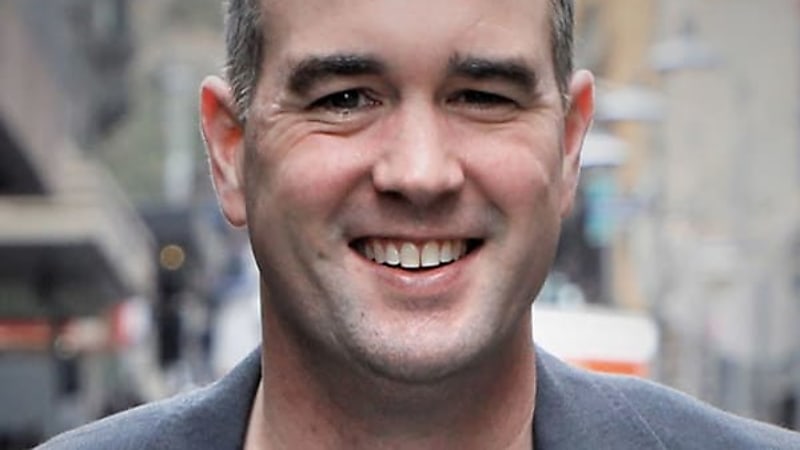Strategy risks flagged with ‘member benefit’ payments before death
While requesting the payment of benefits out of a fund shortly before a member’s death may save on tax, this strategy may negatively impact other client outcomes, says a technical expert.
Speaking in a recent webinar, Smarter SMSF chief executive Aaron Dunn said in the past few years the ATO has changed its views a few times regarding how it classifies benefit payments that were requested by a member shortly before their death.
Mr Dunn explained that in some cases a member may request a benefit to be paid because they know their lifespan is deteriorating very quickly and they start the process of trying to sell all the assets in the fund.
“However, before the benefit is actually paid out the individual passes away,” he said.
“The questions then becomes is that payment a member benefit or a death benefit? We’ve seen over time different views expressed through various private binding rulings.”
The SMSF Association stated earlier this year that the ATO had reached a settled position on this, concluding that it should be treated as a member benefit.
This view was confirmed in two private binding rulings issued this year.
However, Mr Dunn stressed that its critical that SMSF trustees undertaking these kinds of strategies have all their documentation in place.
He gave an example of Roger, age 84, who is the sole member of his SMSF, with his daughter, Kim, acting as co-trustee.
“Roger is in receipt of multiple account based pensions including a reversionary pension, with combined balances of approximately $1.2 million. The pension is made up of 80 per cent taxable component ($960,000). He has a BDBN in place to pay the benefits to his LPR, for the super benefits to be split equally amongst his children, three adult children,” explained Mr Dunn.
“It is currently projected that $144,000 of tax would be paid in respect to Roger’s super death benefit on the taxable component. He has no ability to reduce this by re-contribution.”
As Roger’s LPR, Kim completes a request to fully commute the income streams and to take the benefits as a member lump sum. The process of liquidating the fund’s assets to cash commences.
“Five days later, Roger passes away. However, the assets have not yet been fully crystallised into cash to enable the member payment. Once the sale proceeds were deposited into the fund’s bank account, the lump sum payments were made as soon as practicable to the deceased’s personal account,” said Mr Dunn.
The fact that there had been an unconditional right to fully cash the pensions before Roger had died and that this was exercised by the way the documentation was provided to the trustee, demonstrates the legal right to be able to make that payment to the member, he explained.
“Now, the fact that the this obligation has been discharged, after the fact that Roger died is actually irrelevant here,” he said.
“As long as that serving of notice, that unconditional right to fully exchange the right for a pension and take it as a lump sum and cease that membership in the fund will mean that the benefit will still be treated as a member benefit rather than a death benefit lump sum even though it may happen after death.”
However, Mr Dunn warned that while these strategies may save tax on the withdrawal, it doesn’t necessarily mean that it achieves what the member wanted.
“There may be very distinct outcomes set out within the binding death benefit nomination or SMSF will regarding the payment of those super death benefits. There may be a blended family involved or risk inherent in one of those individuals,” he cautioned.
“Therefore, the way in which the the individuals will and assets that they hold themselves as opposed to the instructions around the superannuation death benefits may be very different.”
SMSF professionals should therefore avoid “shooting from the hip”, he said, despite the opportunities to save on tax in respect to getting the money out before the member has died.
“There is a very limited period of time to go through this which is why building a succession plan and determining how we manage these risks is so important. Then, if these things do transpire, you are fully aware and cognisant of what needs to happen at that point in time,” he explained.
“So, you must consider and understand the impact of the previous work that has been done to manage any client risk. Again, it comes back to documenting all those decisions. If tax is an outcome that is worthwhile saving, then yes, absolutely. As we've seen in that example, that is a benefit but again, that is not the only thing that needs to be considered in that entire process.”








